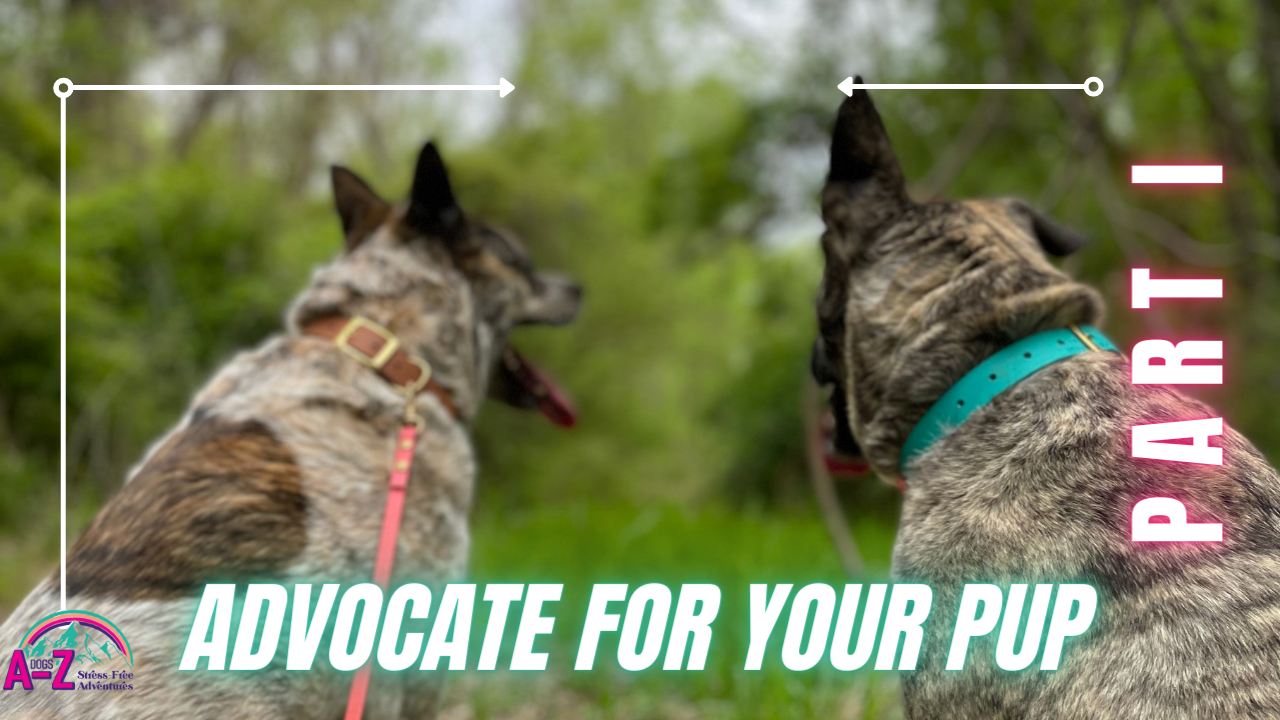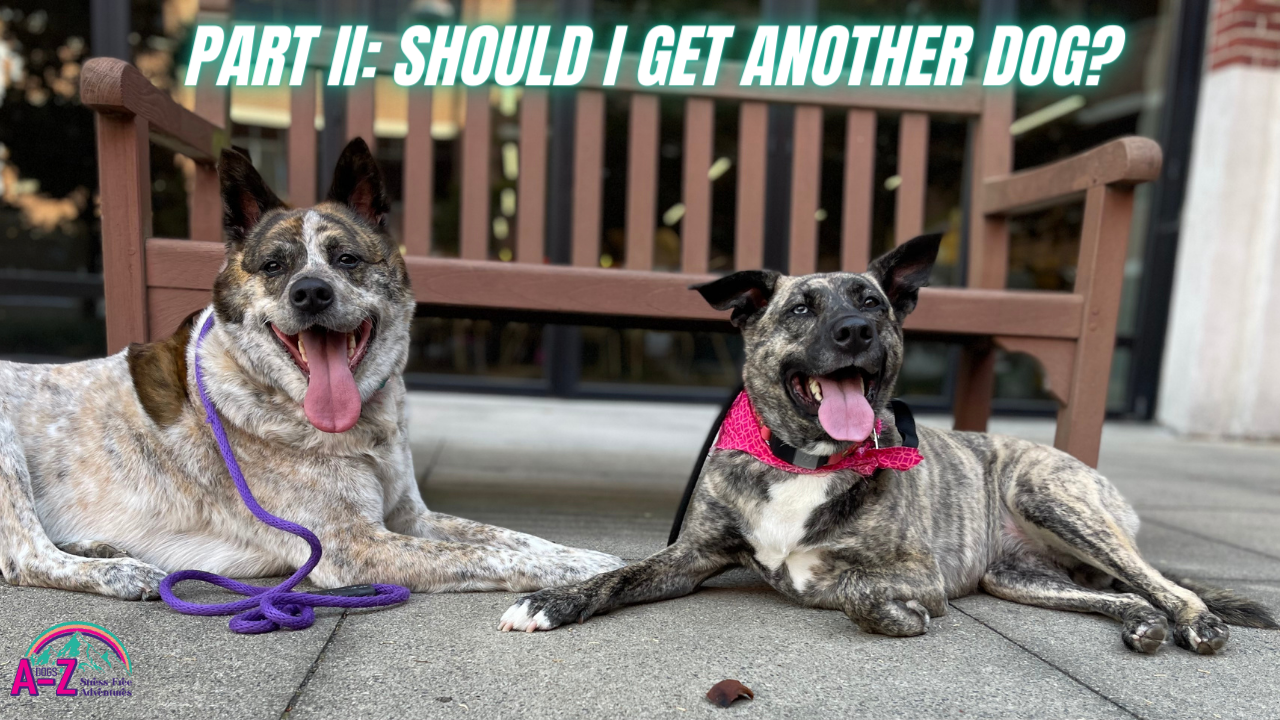Part I: Advocating For Your Pup
May 10, 2022
What Does It Mean to Advocate for Your Dog?
Advocate
[verb ad-vah-keyt]
Verb, ad-vo-cat-ed, ad-vo-cat-ing
- To speak or write in favor of; support or urge by argument; recommend publicly
- To act as an advocate
Thanks, dictionary.com.
But what does it really mean to advocate for your dog?
It means protecting your dog from anything that could hurt them, whether that’s other animals or people. It means using your voice to stand up for your dog - because dogs can’t speak up for themselves. It means having their back at all times, you ride or die bitch you.
Before you can be a true advocate for your dog, you have to be able to identify when your dog feels uncomfortable.
Then, you have to figure out why they’re not cool with the situation and how you can make things better (or when to just walk away).
Learn to Read Your Dog’s Body Language
One of many amazing things about being a dog owner is that it’s hard to fool us. Not because we’re super smart. I mean, we are. But it helps that dogs suck at hiding their feelings. Master manipulators, they are not.
Dogs do vocalize, but the easiest way to tell if your dog is stressed or flat-out panicking is by observing its behavior. Trust and believe - they will tell you when something is wrong.
Stressed out dogs can lash out with aggression, act erratically, and even completely forget every obedience cue that they’ve learned. Stressed dogs don’t know how to act, so they react on instinct and that’s never good.
It could mean breaking away to flee, it could mean biting in fear… or it could just cause emotional wounds that are hard to see and even harder to heal.
Some of the most common signs of extreme stress in dogs include:
- Avoidance - turning away, dodging contact, or completely shutting down
- Hyperactivity - pacing, moving in circles, generally acting like a frantic crazed gnat
- Leaning In - pressing against your leg, getting close for protection
- Slinking - you know the move… looking guilty AF
Plus panting, trembling, scratching, furrowed brows, tail between the legs… the list goes on.
Some breeds may exhibit stress differently, and some physical characteristics may make the signs less clear. Dog behaviorists, trainers, and veterinarians are all great resources for helping humans understand their dog’s language.





